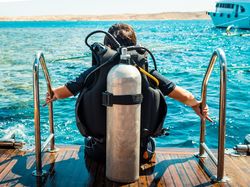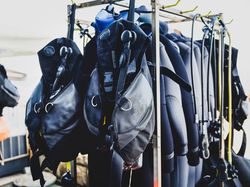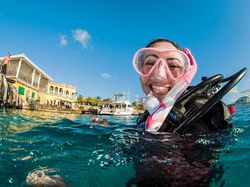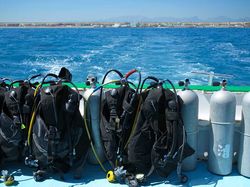Scuba Regulators
Here's our expert info on how scuba regulators work, reviews for the best regs and more
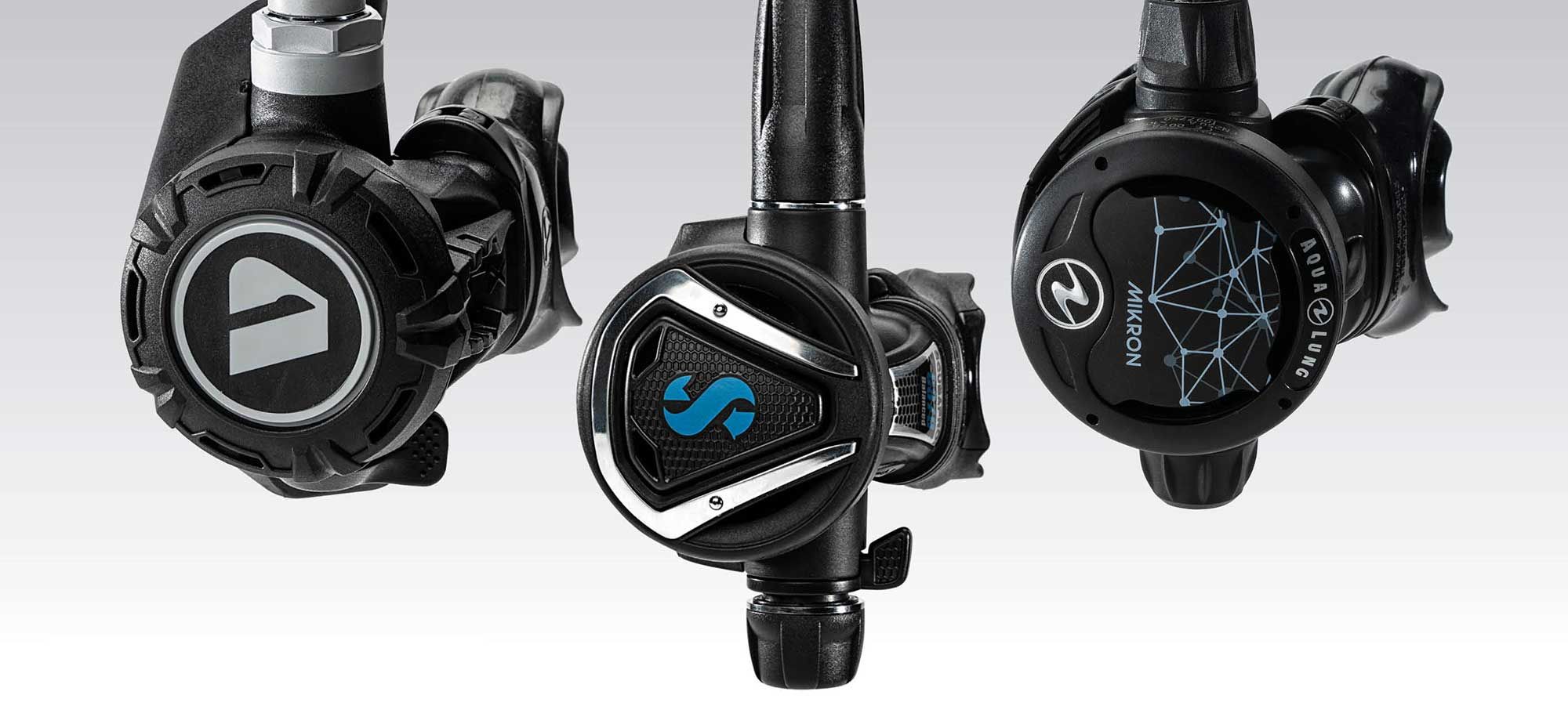
WHAT IS A SCUBA REGULATOR?
Scuba regulators allow divers to explore the underwater world; without this key piece of scuba gear we wouldn't be able to breathe underwater. Your regulator lowers the high-pressure air from your tank to an ambient pressure so you can breathe it. It also acts as a connection for many critical pieces of gear. Your reg provides air to your BCD inflator through a connecting hose, connects to your submersible pressure gauge (SPG) so you can check how much air is remaining and has an additional port for your octo, so you have an alternate air source. And, many regulators have an additional hose so you can connect a transmitter for an air-integrated dive computer.
The best scuba regulators deliver air in a smooth fashion, while feeling comfortable in your mouth and providing a sensible hose layout. For full reviews of the latest regs, check out ScubaLab’s regulator review.
WHAT ARE THE PARTS OF A SCUBA REGULATOR?
Scuba regulators have two main components: the first stage and second stage. A regulator’s first stage connects to a scuba tank, taking pressurized air and converting it to a working pressure. The second stage is connected to the first stage by a hose, and it has a diaphragm and mouthpiece that delivers breathable air when you inhale.
Scuba regulators come in different forms — a first stage can be set up to accommodate a DIN or yoke valve on a scuba tank, and a second stage could include a breathing adjustment knob or Venturi lever to make air delivery smoother at depth or prevent free flows. Some regulators are specially designed to withstand extreme depths and temperatures, so if you have specific diving needs, make sure you regulator is designed for tec diving or will avoid freezing in cold water.
HOW DO I MAINTAIN A SCUBA REGULATOR?
It's important to take care of your regulator and keep it properly maintained. Here are some cleaning and storing tips to make sure your regulator is safe and ready to dive.
1. Check It Out
Before you get in the water, give your reg a careful check. Visually inspect all regulator hoses for wear or cracking. Make sure there are no holes or tears in the mouth piece and check the metal fittings for corrosion. If you use hose protectors make sure to slide them away and check underneath them as well. With the reg connected to the tank and the valve still closed, inhale from the mouthpiece; if you’re getting air, there’s a leak somewhere (likely the exhaust diaphragm). Open the valve fully and, while watching your pressure gauge, take a couple of deep breaths. Air should flow freely, and the gauge shouldn’t budge.
2. Keep It Clean
Sand and dirt can muck up your regulator. Be mindful of where you set your gear in between dives — especially when shore diving. Get in the habitat of securing your octo so that it doesn't drag along the sea floor to keep it debris-free. Water — especially the salty kind — is the mortal enemy of your reg’s innards. The best way to clean a reg is a long soak while it’s connected to a tank and pressurized; that ensures no water can get into the first stage. If you don’t have a tank handy, make sure the purge valves do not get depressed and the first stage dust cover is firmly in place — otherwise water can get in while you are soaking.
3. Follow The Schedule
Scuba regulator service schedules (usually every 12 to 24 months) vary by manufacturer, so make sure you follow the servicing guidelines specific to your reg. All regulators have internal components that will degrade over time (especially O-rings), and a professional servicing with a careful inspection is the only way to spot wear, damage or corrosion.

